- News
- Reviews
- Bikes
- Components
- Bar tape & grips
- Bottom brackets
- Brake & gear cables
- Brake & STI levers
- Brake pads & spares
- Brakes
- Cassettes & freewheels
- Chains
- Chainsets & chainrings
- Derailleurs - front
- Derailleurs - rear
- Forks
- Gear levers & shifters
- Groupsets
- Handlebars & extensions
- Headsets
- Hubs
- Inner tubes
- Pedals
- Quick releases & skewers
- Saddles
- Seatposts
- Stems
- Wheels
- Tyres
- Tubeless valves
- Accessories
- Accessories - misc
- Computer mounts
- Bags
- Bar ends
- Bike bags & cases
- Bottle cages
- Bottles
- Cameras
- Car racks
- Child seats
- Computers
- Glasses
- GPS units
- Helmets
- Lights - front
- Lights - rear
- Lights - sets
- Locks
- Mirrors
- Mudguards
- Racks
- Pumps & CO2 inflators
- Puncture kits
- Reflectives
- Smart watches
- Stands and racks
- Trailers
- Clothing
- Health, fitness and nutrition
- Tools and workshop
- Miscellaneous
- Buyers Guides
- Features
- Forum
- Recommends
- Podcast
review
£675.00
VERDICT:
A well built wheel set with beautifully smooth hubs but not quite as quick as Zipp think.
Weight:
1,665g
Contact:
www.zipp.com
At road.cc every product is thoroughly tested for as long as it takes to get a proper insight into how well it works. Our reviewers are experienced cyclists that we trust to be objective. While we strive to ensure that opinions expressed are backed up by facts, reviews are by their nature an informed opinion, not a definitive verdict. We don't intentionally try to break anything (except locks) but we do try to look for weak points in any design. The overall score is not just an average of the other scores: it reflects both a product's function and value – with value determined by how a product compares with items of similar spec, quality, and price.
What the road.cc scores meanGood scores are more common than bad, because fortunately good products are more common than bad.
- Exceptional
- Excellent
- Very Good
- Good
- Quite good
- Average
- Not so good
- Poor
- Bad
- Appalling
Smooth and well-built Zipp 30 clincher rims don’t feel as fast as deeper aero wheels, but ride beautifully. They’re a shade pricy though.
Thirty millimetre deep rims like the ones on the Zipp 30s are pretty much ideal for a good all-rounder wheelset. They’re deep enough to offer a small amount of aerodynamic benefit compared to a standard box section while still being unaffected by cross winds and can be kept down to a decent weight without having to resort to carbon fibre.
Most other wheels of this depth use a tapered profile, narrowing from the bottom of the brake track into a ‘V’ shape. On the 30’s Zipp use a hybrid-torodial rim, a kind of watered down version of the full torodial found on the very similar 30mm deep 101 rims.
Aerodynamics 101
The brake tracks are parallel (that’s the main difference) and then the profile curves outwards before tapering back in on itself. It’s not much, only about half a millimetre each side but Zipp claim that this shape has less drag at various wind angles than its straight sided competitors.
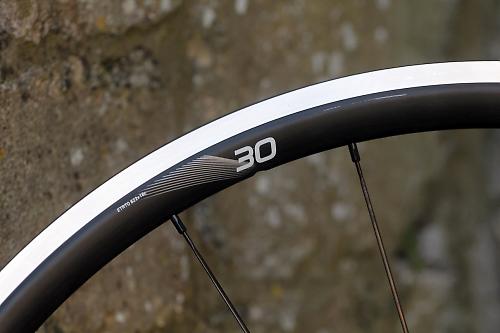
It’s all to do with getting air molecules to stick to the surface, so there’s a boundary layer of air that the next layer passes over almost without friction. Zipp’s argument is that the molecules in the air don’t stick to a straight sided rim therefore creating more drag. Mike Burrow’s book gives a pretty good dummies guide to this just in case you’re interested.
The rims are wider than most at 20.4mm instead of 19mm with the widest part of the toroidal shape being 21.5mm. With most of us using tyre widths of 23-25mm it makes sense to go wider on the rim as it creates a more natural rounded profile for the tyre meaning a smoother transition between tyre and rim for aerodynamics.
Construction
What you’re probably thinking is “Aren’t they just rebadged SRAM S30’s?” A fair point considering Zipp are part of the SRAM family and while we haven’t had a pair of the S30’s in on test a quick look at the stats suggests they are very similar.
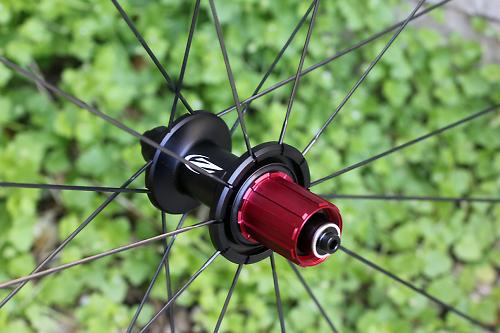
One difference though is in the hubs. The SRAM wheels came with adjustable pre-load on the bearings whereas the new 122 front and 249 (named after their weight) are not adjustable. The bearings themselves are stainless steel with a polymer coating for added lubrication and they do run beautifully smoothly.
The hub bodies are formed from 7075-T6 alloy which has decent strength and high corrosion resistance. The rear is compatible with 11-speed and 10-speed cassettes, the latter needing a spacer that’s included. 10 (with the included spacer) and 11 speed compatible with both SRAM/Shimano and Campagnolo freehub bodies available.
The Zipp 30s use off the shelf Sapim CX-Ray spokes with external nipples so spares can be attained easily if one should break. The front wheel has 18 of them built into a radial pattern with the rear radial non-drive, cross drive-side for the 20 spokes.
Are they faster?
What does it all add up to then, this bulging rim and wider profiles? Well Zipp claim an estimated 42 seconds saved over a standard box section rim and that the 30’s are quicker than other carbon V section rims twice the depth. Fair enough, but without a wind tunnel that’s going to be a bit difficult to test so we’ll go old school.
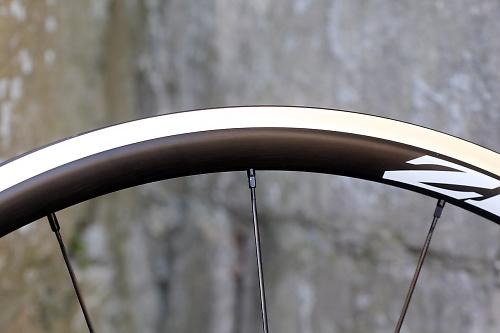
Over a couple of weeks we’ve been running a combination of the Zipps, Pro-Lite’s 27mm deep Braccianos and a set of alloy-rimmed, V-shaped, carbon-faired 58mm deep wheels over a 20 mile flattish route with straights, roundabouts and plenty of traffic to contend with.
In real world conditions there was no noticeable difference in speed between the Zipps and the Pro-Lites at all based on perceived effort for a certain speed whereas the deep section carbons required much less effort once speeds got over 20 mph. (All three wheel variants were using a Continental GP4000 tyre at 120psi, that’s about as scientific as I got.)
I’m not dismissing Zipp’s data or saying it’s untrue, it’s just in my opinion that out on the road, in real world conditions if speed is all you are after you’re better off going deeper.
Quality
One thing you do get from Zipp though is quality and the 30s are no different. From the moment you start rolling they just feel solid beneath you and so smooth. You can get some flex out of them if you really go for it - I’m talking proper sprinting efforts here - but the positive side to that is a very shock absorbent ride; they just seem to glide over rough tarmac.
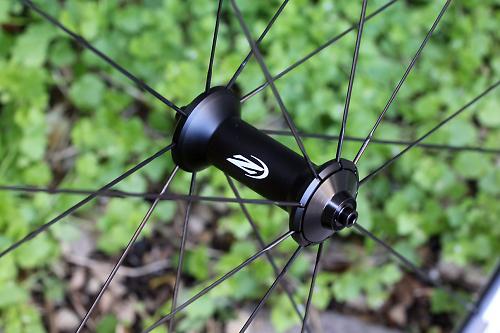
Zipp say they tested the 30s for 14,000 miles before releasing them and that kind of thoroughness has seen them release a product to market that has no flaws with regards to build quality. They’ve seen plenty of wet miles and the bearings are still running silently and smoothly.
The 30s aren’t as light as some at this price point but you sense that Zipp have gone for durability over all-out gram shedding. The road.cc scales of truth clocked the front at 796g with the rear at 896g including rim tapes, only 11g over the claimed weight, add to that 78g for the quick releases and it’s a none too shabby 1743g. Thanks to that the acceleration is nippy whether from a rolling start or a standstill and once up to speed they are easy to keep spinning.
Conclusion
On the whole the Zipp 30s are a great all-rounder and after initially baulking at the price, a bit of searching found them as low as £499 on t’internet. Ideal really as I don’t think they can justify their full price.
The test period has seen plenty of crappy weather on bad road surfaces and they’ve come through it completely unscathed, still true and those hubs still running sweet. They look good too, nicely understated with the graphics not too shouty.
As I’ve said above take all the aero stuff with a pinch of salt with regards to real world conditions but look at it this way, they aren’t any slower than other 30mm deep wheels.
Rim tapes and quick releases are all included in the price plus Zipp chuck in a couple of inner tubes too.
Since writing his first bike review for road.cc back in early 2009 senior product reviewer Stu has tested more than a thousand pieces of kit, and hundreds of bikes.
With an HND in mechanical engineering and previous roles as a CNC programmer/machinist, draughtsman and development engineer (working in new product design) Stu understands what it takes to bring a product to market. A mix of that knowledge combined with his love of road and gravel cycling puts him in the ideal position to put the latest kit through its paces.
He first made the switch to road cycling in 1999, primarily for fitness, but it didn’t take long for his competitive side to take over which led to around ten years as a time triallist and some pretty decent results. These days though riding is more about escapism, keeping the weight off and just enjoying the fact that he gets to ride the latest technology as part of his day job.
Latest Comments
- whosatthewheel 2 hours 46 min ago
Except, the earth isn't flat. It's a cube.
- David9694 4 hours 28 min ago
Black ice or avoiding a cyclist
- Spangly Shiny 4 hours 38 min ago
Ahem, that would actually be two through lanes for the city traffic and two lanes that filter right onto Owlerton Green. This is a major junction...
- chrisonabike 4 hours 54 min ago
Now I'm very afraid. If they're falling back on "but all drivers are trained and we have road laws" as a safety measure all bets are off. As far...
- don simon fbpe 5 hours 4 min ago
They'll go batshit when they find out what TNT Sports have done in U.K.
- Rendel Harris 5 hours 11 min ago
Sorry, I think you can only see this on Facebook, but absolutely brilliant: guy in a Range Rover has his vehicle seized for no insurance, his wife...
- Spangly Shiny 5 hours 48 min ago
So which is the free one then? All the ones I can see in this list will cost.
- don simon fbpe 5 hours 56 min ago
Nice though that Ribble is, it's not a pro-team bike, is it? Got to love a bit of 90s Campagnolo, shame it's only a 50t, but I guess those Chiltern...
- chrisonabike 7 hours 23 min ago
Agree, but again it's how to start to break the vicious circle?...
- chrisonabike 7 hours 35 min ago
I'm either amazed that they can get through with (presumably) a full sized waste truck, or amazed that she could not. Although as you say the bin...








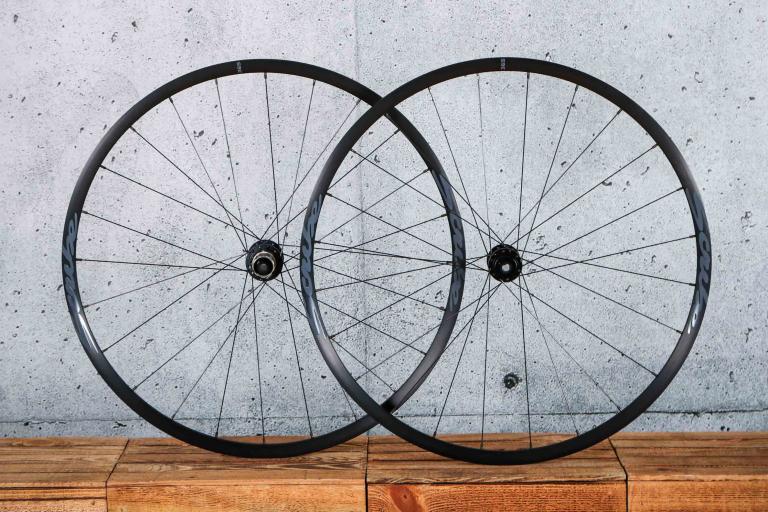
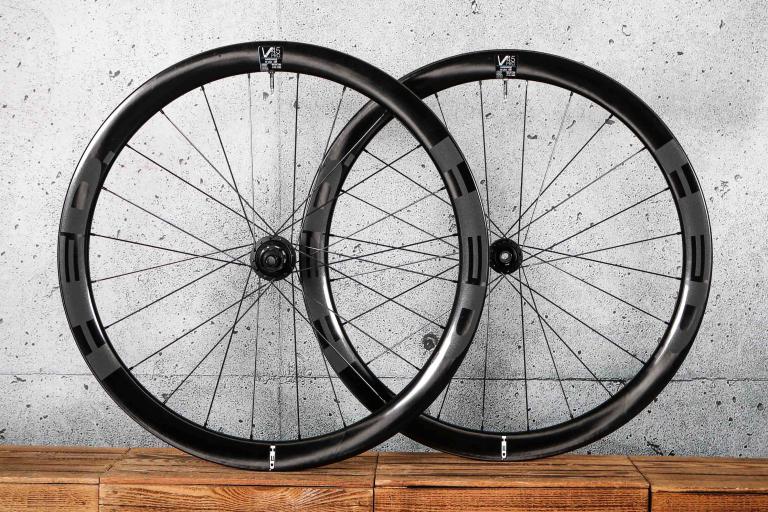
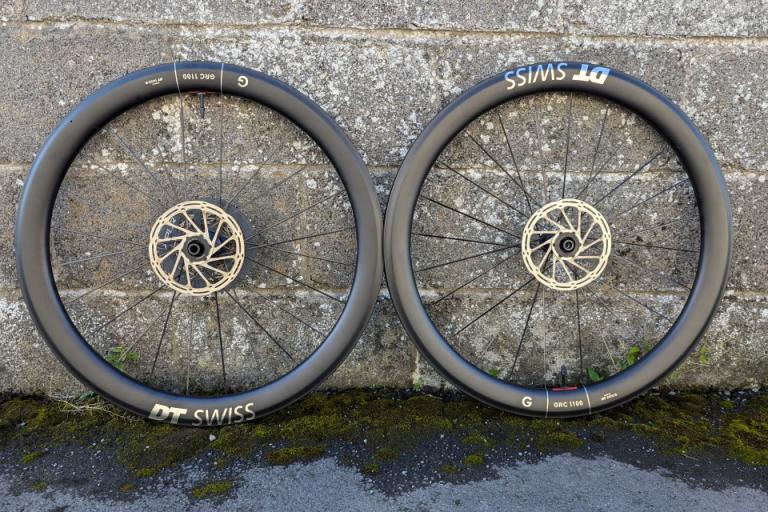
Add new comment
9 comments
looking at the broader subject, will the advent of disc brakes enable a radical overhaul of wheel shape and dynamics? For instance, could we see a virtually 'rimless' wheel appear in future?
Why would it change anything? Look at those wheels, now remove the brake track but maintain the aerodynamics, what changes? You can do a few things such as dimples but fundamentally if you are making a deep rim the brake track is little more than an afterthought as it is. you could loose a small amount of metal because you no longer have to account for rim wear, but you still need enough to hold a clincher on without the rim deforming.
edit-- nothing like resurrection... are these wheels even available anymore??
'and it’s a none too shabby 1743g'
Actually, that is pretty shabby for a not very aero 600 quid wheel.
Weight isn't very important, aero is! Except when the gradient hits maybe 10/12+.
Looks the other way round in the picture.
No lighter than the wheels that come stock on most basic bikes. Why the huge price tag? Crazy.
The other difference between these and SRAM AL30's is the external nipples. Hubs, while they have lost the hand adjustable preload look to be identical otherwise.
I have mixed feelings about my set (the SRAM ones) but credit where it's due I planned to ride them to death and after a few thousand miles there isn't any brake track wear noticeable and the rims are true as the day they were bought. I always thought they were pretty good at speed (feel great at close to 30mph compared to my other, very not aero wheels) and handle pretty well in crosswinds.
I always thought they would make good tri wheels for someone looking for durable aero.
1700g 30mm deep wheels for HOW MUCH?!
I suppose some might pay for the 'name' of Zipp, as they seem to be held in quite high esteem, but the competition offers a lot more for this price
Definitely paying for the name.
And if you read this, written by someone who knows his hoops, you might wonder whether that name is really worth paying for.
PX do some nice looking 30mm wheels but they're a fraction of this price.